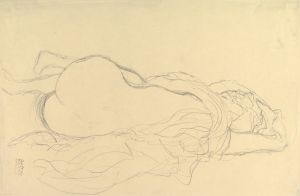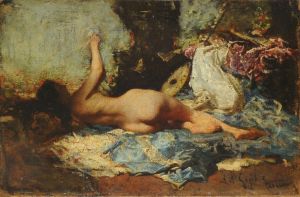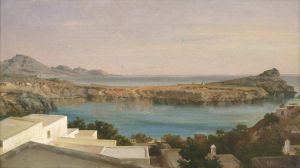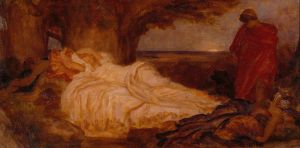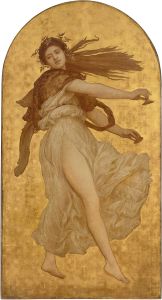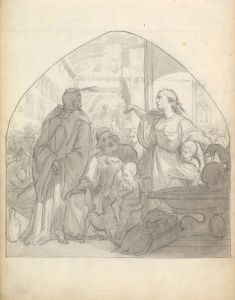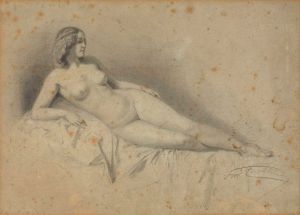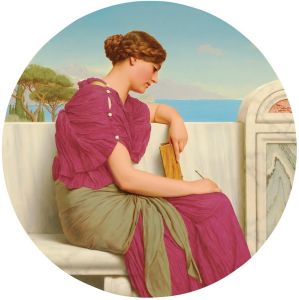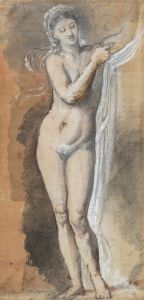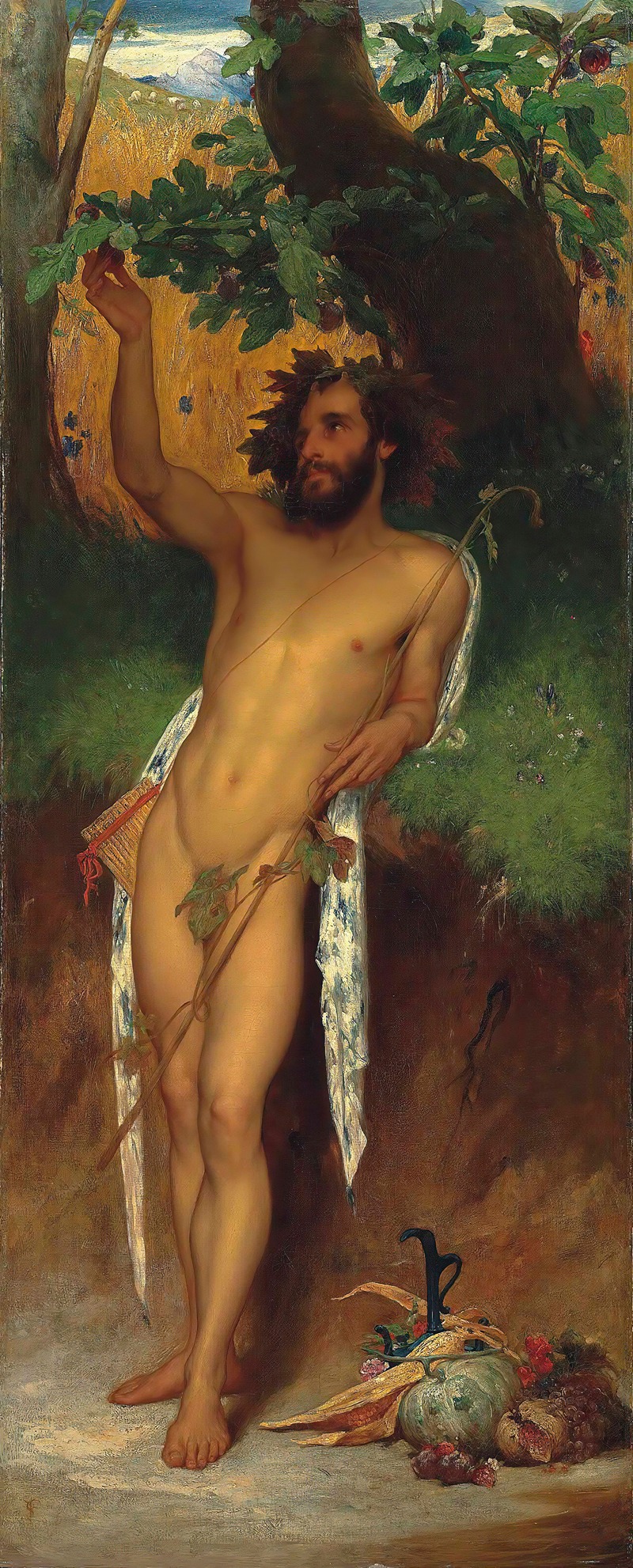
Pan
A hand-painted replica of Frederic Leighton’s masterpiece Pan, meticulously crafted by professional artists to capture the true essence of the original. Each piece is created with museum-quality canvas and rare mineral pigments, carefully painted by experienced artists with delicate brushstrokes and rich, layered colors to perfectly recreate the texture of the original artwork. Unlike machine-printed reproductions, this hand-painted version brings the painting to life, infused with the artist’s emotions and skill in every stroke. Whether for personal collection or home decoration, it instantly elevates the artistic atmosphere of any space.
"Pan" is a painting by the renowned British artist Frederic Leighton, who was a leading figure in the Victorian art world. Leighton was known for his classical subject matter and his meticulous attention to detail, which is evident in this particular work. "Pan" was completed in 1882 and is an exemplary piece that showcases Leighton's skill in capturing mythological themes with a sense of realism and beauty.
The painting depicts Pan, the Greek god of the wild, shepherds, and flocks, who is often associated with nature, rustic music, and companion of the nymphs. In classical mythology, Pan is characterized by his goat-like features, including horns and hooves, which Leighton has rendered with great care. The figure of Pan is shown playing his signature instrument, the pan flute, which is a symbol of his connection to music and nature.
Leighton's "Pan" is notable for its composition and use of color. The artist employs a rich palette that brings out the lushness of the natural setting, with vibrant greens and earthy tones that enhance the pastoral theme. The background is filled with detailed foliage, which not only frames the central figure but also immerses the viewer in the idyllic world that Pan inhabits. This attention to the natural environment is a hallmark of Leighton's work, reflecting his interest in the harmony between humans and nature.
The painting is also significant for its exploration of the human form. Leighton was a master of anatomy, and his depiction of Pan is both dynamic and lifelike. The musculature and posture of the figure convey a sense of movement and vitality, which is further emphasized by the flowing lines of the composition. This focus on the physicality of the subject is typical of Leighton's approach, as he often sought to celebrate the beauty and complexity of the human body.
"Pan" was exhibited at the Royal Academy in London, where Leighton frequently showcased his work. The painting was well-received by contemporary audiences and critics, who praised its technical excellence and imaginative subject matter. Leighton's ability to blend classical themes with a modern sensibility made him a prominent figure in the art world of his time, and "Pan" is a testament to his enduring legacy.
Today, Frederic Leighton's "Pan" is held in a private collection, and it continues to be admired for its artistic merit and its contribution to the genre of mythological painting. The work exemplifies Leighton's dedication to the ideals of beauty and harmony, which were central to the aesthetic values of the Victorian era. Through "Pan," Leighton invites viewers to explore the enchanting world of myth and nature, capturing the timeless allure of these ancient stories.






![Ruins of the Temple of Kardeseh [Qirtâsî], Nubia.](/imgs/217536/s/david-roberts-ruins-of-the-temple-of-kardeseh-qirtasi-nubia-cb337445.jpg)

